
Finance
How to Finance your Bathroom Remodel in Chicago
04.15.2025
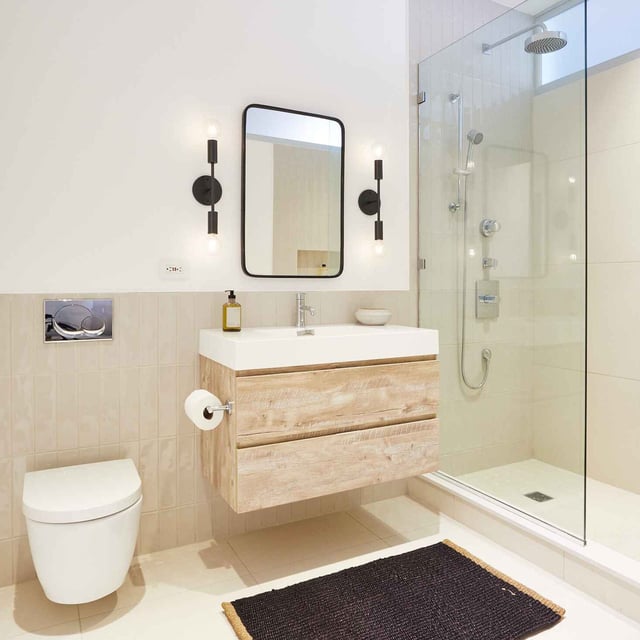
In This Article
Folks in Chicagoland take a lot of pride in being Chicagoans—you should have the chance to feel just as much pride in your Chicagoland home.
As you start planning your Chicagoland home renovation, read on to get budgeting tips and a rundown of the latest home renovation costs in Chicagoland.
The total cost of your home renovation will depend on a number of factors (more on those below), but it helps to get a general idea of home renovation costs in the Chicago area.
Estimated Chicago home renovation costs in 2025:
Learn More: How to Start Planning a Home Renovation
Knowing the factors that influence home renovation costs in Chicagoland will help you start to plan your budget.
It’s common to break down those costs into the following few categories:
Hiring high-quality licensed professionals to manage and execute your project is a key part of any successful home renovation. Plan for labor costs to account for more than half of your budget—typically around 60% of your budget. These fees cover hires like a general contractor, electrician, plumber, HVAC specialist, and any other subcontractors your project needs.
When you partner with Block, we’ll match you with the best contractors in Chicagoland for your unique project needs, so you can easily compare quotes and find the best deal for your budget.
Particularly for more complex renovations, it’s wise to work with an experienced interior designer during the planning phase. This designer will support you in refining and bringing your remodel vision to life. For example, an interior designer can help you plan your new layout, pick materials, and generally ensure you make smart project design planning decisions.
Expect around 5% to 10% of your budget to go toward design fees. The upfront costs of hiring a designer may feel like it’s hitting your wallet harder than a DIY approach to design, but actually embracing the expertise and guidance of a design professional will save you a whole lot of valuable time and money down the line. Save even more by partnering with Block to get access to a variety of quality design services for your renovation.
Plan for about 30% of your budget to go towards purchasing materials for your renovation. That includes materials like flooring, paint, fixtures, cabinets, and any other supplies needed for your particular vision.
Take the time you need to research your options for materials. Browse online and locally—you’ll find different products and deals in a variety of places. When shopping locally—whether at chain stores or indie specialty shops—it helps to talk with the experts who work there. They’ll be a good resource for finding what you need to suit your remodel plan, while balancing quality versus cost considerations.
Wherever possible, keep a list of backup materials that you can purchase quickly, just in case your first-choice materials have price hikes or run out of stock. Easy access to backup materials will help your project timeline stay on target.
Even the most thoroughly planned home renovation projects can encounter the unexpected once construction begins. Think: a storm rolling in to disrupt a garage renovation, or your team uncovering an even more serious bathroom mold problem.
Where there are unexpected renovation issues, there are unexpected renovation expenses. So do what you can up front to make the unexpected—well, expected. It’s best practice to allocate around 10% of your budget to a contingency fund. That’ll help you stay flexible in the face of surprises and stick to your renovation timeline.
The costs above will account for the majority of your budget, but make sure you’re also planning for these common but oft-overlooked renovation expenses:
Determine whether or not the scale of your renovation requires a gut renovation or not: Are you simply re-tiling your shower? Or are you going for a total bathroom makeover—including what’s under the surface? Your shower tiling project probably doesn’t need gut renovation. But a total remodel of your bathroom will likely have the best results if you start with a gut renovation.
Find out more about gut renovation costs and contexts below.
A gut renovation involves gutting your home’s interior by stripping the walls, floors, ceiling, and potentially plumbing and electrical systems. Whether it’s a room or the entire house, a gut renovation gives you the freedom to completely refresh and redesign your space without being limited to the current layout.
Gut renovations are significantly more expensive than cosmetic renovations due to the scope and complexity of the work. A gut renovation in Chicagoland could cost you anywhere from $100 to $200 per square foot.
If you only need to make surface updates, like painting or tiling, you likely won’t need to gut renovate. Cosmetic renovations are less expensive compared to gut renovations. You can expect to pay about half the cost per square foot as you would for a gut renovation.
That said, the exact cost of this type of renovation will vary wildly depending on the project. For example, there’d be a vast difference between the cost of re-flooring your kitchen versus the cost of re-flooring your entire home.
The environmental effects on a space’s condition influences the kinds of renovation that space may need in order to get it up to code.
Bathrooms, laundry rooms, and kitchens are all common examples of spaces in your home that are regularly exposed to elements like water, steam, and high humidity. These wet spaces tend to be more expensive to renovate because they require specialized labor that dry spaces don’t always need. For example, renovating your bathroom might require updated plumbing and waterproofing, as well as the installation of waterproof fixtures and moisture-resistant paint that can endure humidity and mildew.
Due to specialized labor and materials, the costs of renovating wet spaces will be higher than renovating drying spaces. If you don’t hire the appropriate professionals for wet space work, you could be setting yourself up for costly mistakes, so be intentional about your contracting decisions.
Living rooms, dining rooms, bedrooms—spaces like these are considered drier than their plumbing-heavy counterparts, and therefore less costly to renovate. Since you don’t have to worry about tasks like extensive waterproofing in these rooms, the renovation costs tend to be lower and include things like flooring and electrical updates.
To stay safe and comfortable during humid summers, cold winters, and year-round precipitation cycles, every Chicagoland resident needs a quality HVAC system. That means any Chicagoland renovation budget should take into account the costs of installing and maintaining your HVAC.
Your HVAC installation costs could range from $5,000 to $15,000 or more. Those estimates include Chicagoland licensed HVAC specialist labor rates, mechanical renovation permits, and equipment purchases. These costs will depend on factors like the age and conditions of your building, as well as the types of equipment you’re installing. It’s best to install the most energy-efficient HVAC system—the upfront costs will be higher, but it’ll set you up for lower utility bills and maintenance fees over time.
Obeying local laws is a crucial part of keeping any renovation project on track. Many types of home renovations require a permit, and if yours requires that, you need to get that permit before breaking ground on your renovation. Always refer to the requirements around permits and inspections specified by your city for the particular types of renovations you’re planning.
Exact permit costs vary by city in Chicagoland. Generally, you’ll find permit fees priced by square foot or factors related to the project scope. Check your city’s website for specifics, like this Chicago building permits page.
Being intentional with your budget planning is essential to a smooth renovation project. When you plan a budget that’ll cover both the expected and unexpected, it’ll help you avoid financial stress while keeping your project timeline on track.
To help you prioritize the essentials and identify savings potential, consider these budgeting tips:
Learn more: How to Plan Your Renovation Budget
Whatever your project vision, the most important decision you’ll make to bring that vision to life within budget is the decision to hire a contractor. Most home renovations can take months to complete, so it’s crucial to partner with a reliable expert contractor who’ll be by your side guiding your project from start to finish.
This selection process may feel daunting, but Chicagoland homeowners are in luck: Block Renovation makes it simple. Our renovation experts will custom pick 3 top-quality licensed contractors from Block’s elite network and match them with you based on your project scope.
Block’s robust vetting process ensures that every contractor we recommend has:
When you get your customized contractor recommendations, you’ll get the opportunity to schedule site visits to meet them in your home and compare project proposals and quotes. From there, you’ll be able to choose the best fit for your project so you can kick off your renovation with confidence and a trusted partner.
How long does a typical home renovation take?
How much does a home renovation cost in Chicagoland?
Are permits required for a home renovation in Chicagoland?
How do I choose the right contractor for my renovation?
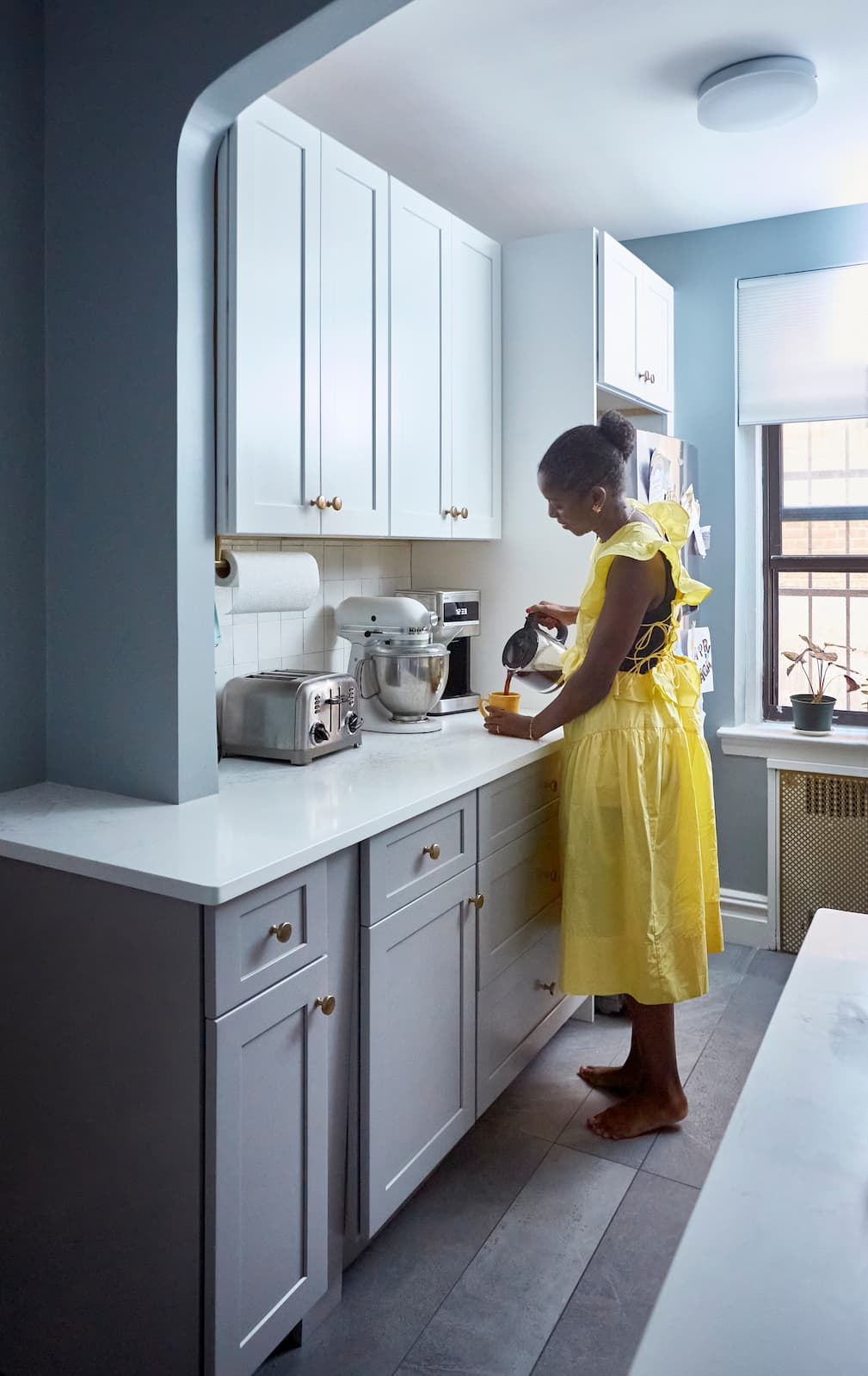
Renovate confidently with Block
Easily compare quotes from top quality contractors, and get peace of mind with warranty & price protections.
Thousands of homeowners have renovated with Block

4.5 Stars (100+)

4.7 Stars (100+)

4.5 Stars (75+)

Finance
How to Finance your Bathroom Remodel in Chicago
04.15.2025
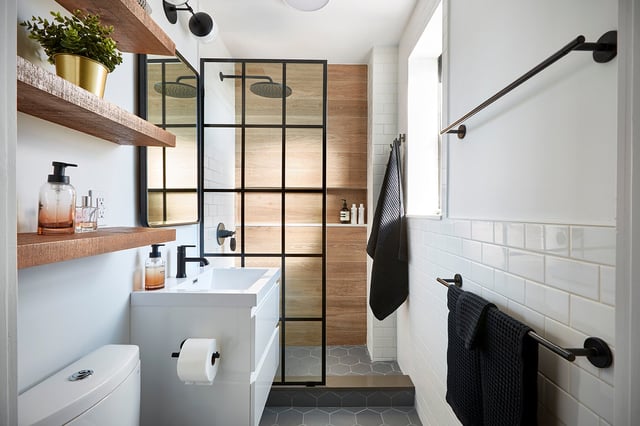
Finance
Ultimate Guide to Chicago Bathroom Financing
03.24.2025

Chicago
The Ultimate Guide to Home Renovation Costs in Chicago (2025)
03.19.2025
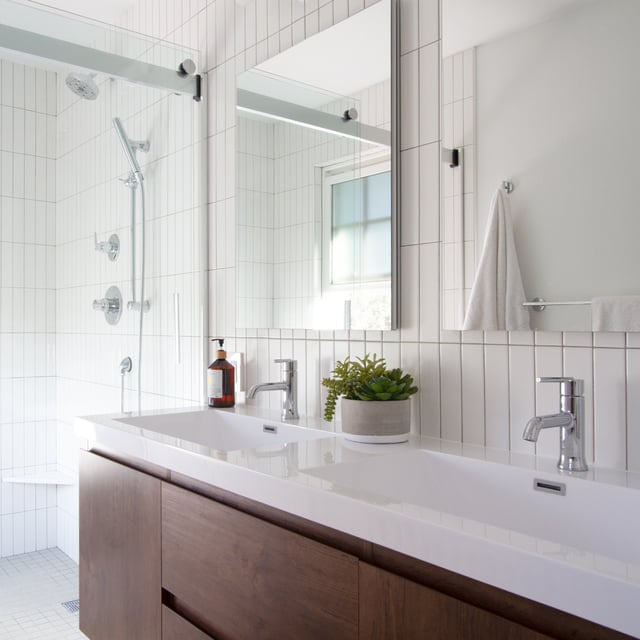
Bathroom
A Complete Guide to Bathroom Renovation Costs in Chicago (2025)
10.16.2024
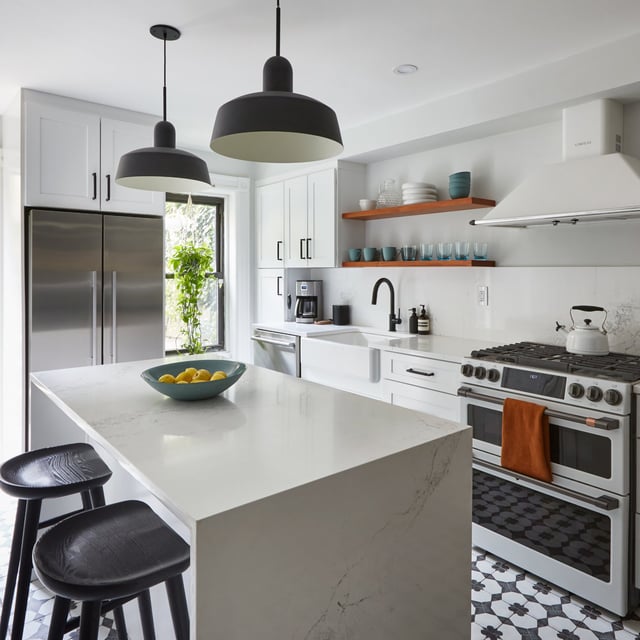
Kitchen
The Complete Guide to Kitchen Renovation Costs in Chicago (2024)
10.16.2024
Renovate confidently